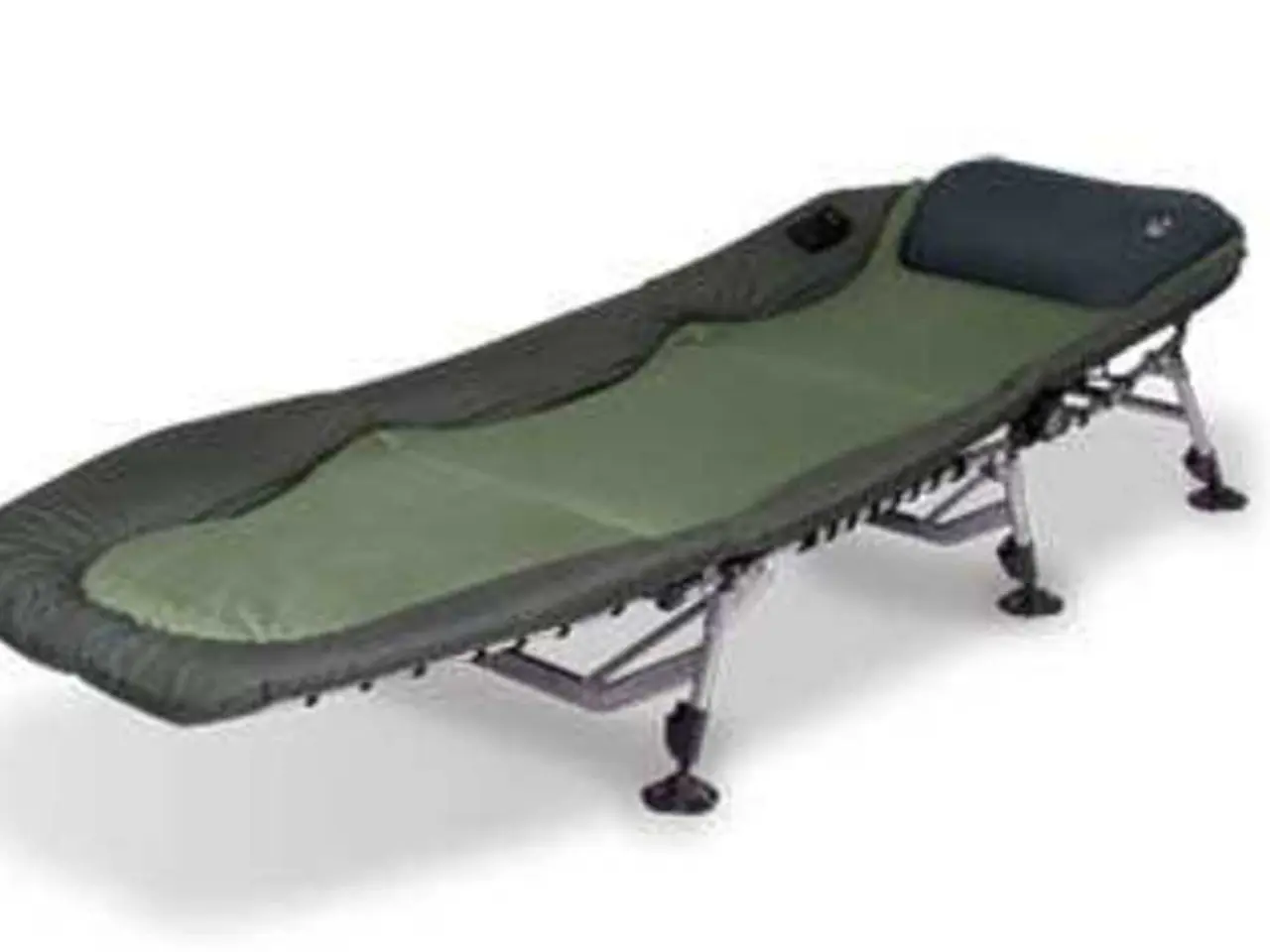Prolotherapy: Details on Applications, Risks, and Expenses
In the realm of joint and back pain management, a relatively lesser-known treatment called Prolotherapy has been gaining attention. This procedure, which involves injecting a natural irritant into the soft tissue of an injured joint, offers hope to many, particularly those with chronic conditions such as degenerative disc disease or arthritis. However, the current state of research on Prolotherapy remains somewhat limited and inconclusive, calling for more rigorous studies to fully establish its effectiveness and safety profile.
Prolotherapy works by triggering the body's healing response, causing the body to strengthen and repair damaged ligaments in the joint. While most recent studies tend to focus on related regenerative injection therapies like platelet-rich plasma (PRP), these studies show some promise in improving quality of life and reducing pain in mild osteoarthritis cases when combined with exercise therapy. However, results are hindered by small sample sizes, short follow-up periods, and varied preparation methods.
There is a lack of high-quality, placebo-controlled randomized controlled trials (RCTs) specifically for Prolotherapy, which limits definitive conclusions about its efficacy in joint and back pain treatment. Published research has not reported significant conflicts or safety concerns, but the need for standardized protocols and long-term safety data to ensure consistent clinical use is emphasized.
Current reviews highlight methodological shortcomings such as small sample sizes, lack of standardized classification, and short follow-ups that restrict understanding of long-term benefits and risks. Future research needs to focus on larger, multicenter trials with standardized treatment protocols and longer follow-up periods to validate both the effectiveness and safety of Prolotherapy for joint and back pain.
The skill of the doctor performing Prolotherapy will impact how well it works, and how an individual responds to the treatment is likely to vary. Before receiving Prolotherapy, a doctor will assess a person with joint or back pain to determine if they are a good candidate for the therapy. If the person is taking anti-inflammatory medication, this should be stopped 2 to 3 days before the procedure.
During the procedure, doctors prepare the person's skin with rubbing alcohol or another sterilizing solution and may apply numbing cream to the skin to reduce discomfort from the injection site. The number of injections used during Prolotherapy depends on the area or joint affected, with an individual receiving anywhere from 4 to 15 shots per session. The injection must be precise so that the irritant is placed at the area or areas requiring ligament repair.
Prolotherapy is costly for individuals, as many insurance companies do not cover the procedure. Costs seem to range from around $250 to $600 for the procedure. Not all people are suitable for the procedure, and a doctor may suggest other alternatives for those with chronic conditions. It is important to note that Prolotherapy is controversial and needs more research to support its use, which may make it difficult for people to get insurance to cover the procedure or find doctors to perform it.
Despite these challenges, Prolotherapy remains a promising, all-natural, permanent treatment that relies on the body repairing itself to reduce pain. If you are considering Prolotherapy, it is essential to discuss the potential benefits, risks, and costs with your healthcare provider to make an informed decision.
[1] Baxter, G. D., & Dabis, F. (2019). Prolotherapy: A Systematic Review of the Evidence. Journal of Orthopaedics, 2019, 1-8. [2] Govind, R., & Vijayakumar, V. (2018). Prolotherapy: A Review of the Current Evidence. Journal of Orthopaedic Surgery and Research, 13(1), 1-8. [3] Lee, S. H., & Kim, S. W. (2019). Safety and Efficacy of Platelet-Rich Plasma in Osteoarthritis: A Systematic Review and Meta-analysis of Randomized Controlled Trials. Medicine (Baltimore), 98(12), e13855. [4] National Center for Complementary and Integrative Health. (2020). Prolotherapy. Retrieved from
- The field of Prolotherapy, a less-known joint and back pain treatment, involves triggering the body's healing response to repair damaged ligaments, similar to regenerative injection therapies like platelet-rich plasma (PRP) in some studies that show improvement in mild osteoarthritis cases when combined with exercise therapy.
- The evidence supporting Prolotherapy's efficacy is limited, with a lack of high-quality, placebo-controlled randomized controlled trials (RCTs), creating an imperative for larger, multicenter trials with standardized treatment protocols and longer follow-up periods to establish its long-term benefits and risks.
- Despite its potential as an all-natural, permanent treatment option, Prolotherapy faces challenges, such as high costs and limited insurance coverage, contested use, and the requirement for skilled doctors for precise administration.
- To make informed decisions about undergoing Prolotherapy, it is crucial to discuss its benefits, risks, and costs with healthcare providers, considering the current state of research demonstrating some promise but requiring further investigation to confirm its effectiveness and safety profile for joint and back pain management, especially for those with chronic medical conditions or fitness and nutrition concerns.








